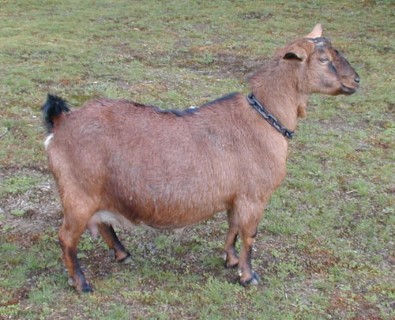The Kinder Goat breed emerged in a serendipitous turn of events during the late summer of 1985 at Zederkamm Farm. With the unfortunate passing of their Nubian buck, two Nubian does were left without a mate. Determined not to separate them from their pygmy goat companions for breeding, the decision was made to breed them with the pygmy buck they had on-site. In a remarkable display of ingenuity, the resourceful buck successfully accomplished the breedings using log sections and the natural slope of the land to reach the correct height. The result? On June 30 and July 4, 1986, the first three Kinder does were born, marking the inception of the Kinder Goat breed. It wasn't until a year later that the first Kinder buck made its debut.
Kinder goats have proven to be highly productive animals, with a single Kinder doe weighing around 115 pounds capable of producing five kids in a year. These kids can reach an impressive weight of 80 pounds each within 14 months, dressing out at 50 pounds, thus yielding an impressive 250 pounds of meat annually.
Unlike many other breeds, Kinder goats exhibit seasonal breeding patterns inherited from their pygmy ancestors. Additionally, they are known for their propensity for multiple births, with reported instances of sextuplets being born.
Kinder Goat milk is prized for its high butterfat content, often exceeding 7 percent, and higher amounts of milk solids, making it ideal for cheese production.
Despite their smaller size compared to full-size dairy goats, Kinders are notably muscular, often yielding dressing percentages over 60%, making them an efficient choice for meat production.
